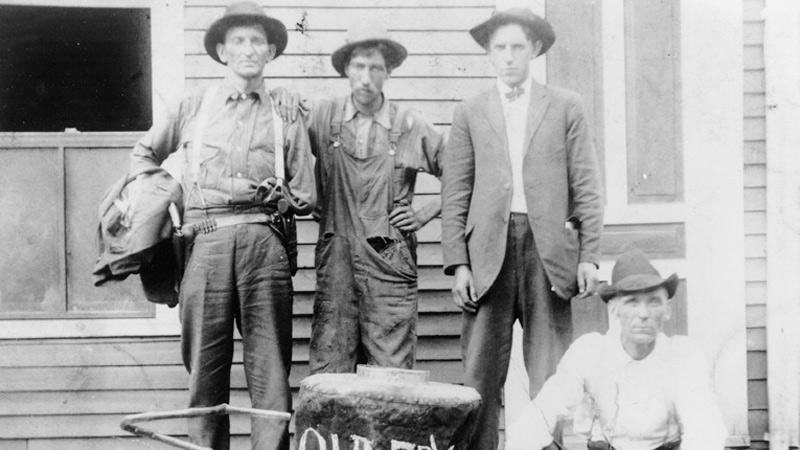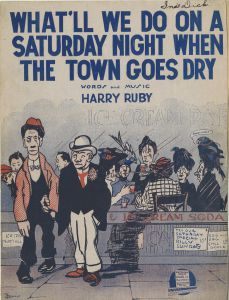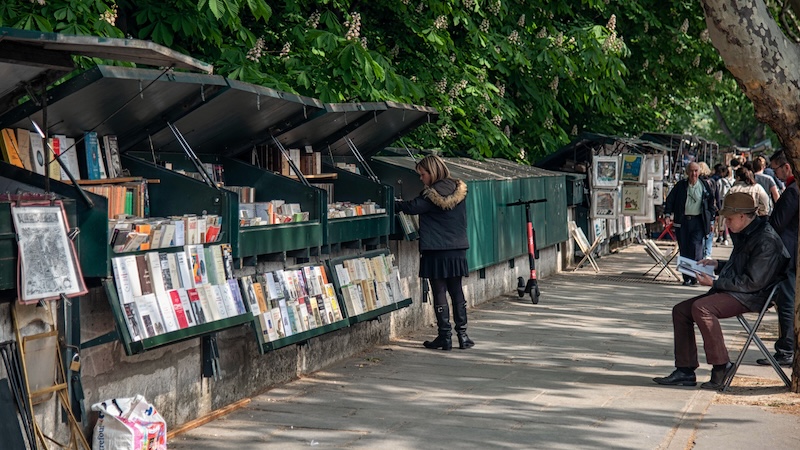Colorful Tales from American Prohibition

The contentious history of alcohol over the centuries has made for colorful tales and long-lasting effects, especially surrounding American Prohibition.
“The lips that touch liquor shall not touch ours”
This is both the title of an 1874 temperance song and the alleged caption on a poster of 10 rather dour-looking women. The song promoting the fight against “the Demon of Rum” was written for the Women’s Crusade Against Liquor Throughout the World. A digital image of the sheet music is available online at the Library of Congress (LOC.gov), should you want to croon this activist tune.
The loss of apple and grape varieties
Although the worst alcohol-related social problems were caused by hard liquor, Prohibition also shut down breweries, wineries and cideries. As a result, vineyards and orchards were stripped of varieties of grapes and apples that produced superior wines and ciders and replanted with sweeter grapes and eating apples. Some heirloom fruit varieties have disappeared, perhaps forever.

Businesses closed
As an aftermath of alcohol becoming illegal in Virginia (on Nov. 1, 1916, more than three years before nationwide Prohibition), Richmond business casualties included 141 retail dealers, 17 retailers and shippers, six wholesalers, 10 social clubs and two brewers. Richmond brewery owner Alfred von N. Rosenegk was reportedly so distraught, he died within a year. (From Richmond Beer, Lee Graves)
Souped-up cars
To help them escape the law, moonshine runners modified their vehicles, adding springs and shocks to ensure that the car wouldn’t appear loaded, installing switches that could turn off their taillights and putting bright lights on the rear of the car to temporarily blind pursuers. Some of these modified cars became the inspiration for NASCAR.
Changing of tastes
During Prohibition, Americans began to drink sodas rather than alcohol. Indeed, an entire generation came of age without being able to imbibe. As a result, palates adapted, making full-flavored beers less appealing and paving the way for the bland lagers that dominated the market for decades.
Hollywood celebrates; women slim down
When beer became legal once more, Gary Cooper and Mae West had a competition to see who could outdrink the other. The match was declared a draw, but West said, “Now that beer is really back and we will all be drinking it why not wage a campaign for the return of the woman’s natural figure? We haven’t had any perfectly natural figures since the war took beer away from us.” After all, American women’s obsession with weight during the 1920s corresponded with the beer famine.
Prohibition never entirely ended
The 21st Amendment, which repealed Prohibition, left much control of alcohol to states rather than dictating all decisions at the federal level. This resulted in a confusing patchwork of laws across the U.S., with varying rules on where alcohol can be sold, alcohol percentage levels, systems of distribution and so on.
These stories provide merely a glimpse of this unique period in history. A new exhibit at the Library of Virginia, “Teetotalers & Moonshiners: Prohibition in Virginia, Distilled,” paints a deeper picture (April 3 through Dec. 5, LVA.virginia.gov). The exhibit features newsreels of still-busting raids, vintage stills, Prohibition-era music, old newspapers, educational programs and other tangible means of bringing this story to life.


